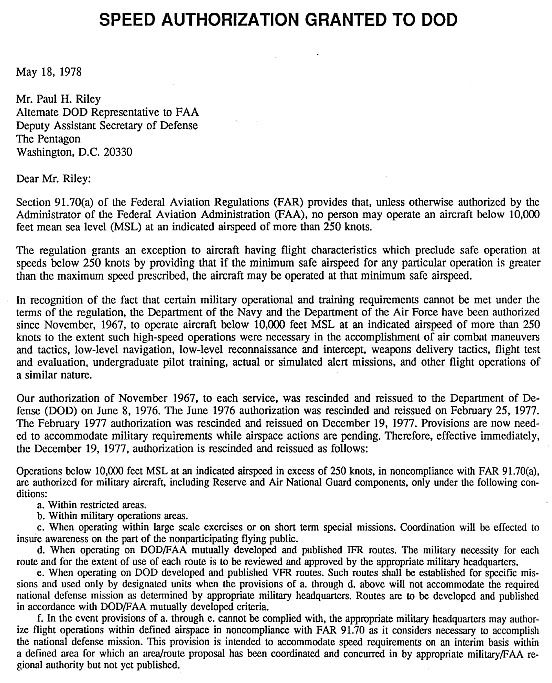Flyinthrew
Well-Known Member
Took a 4-ship into Alliance Ft Worth. 200 knots ain't happenin'. 300 is barely happening. I really hate having to fiddle with the radar to find the slow targets.As much of a pain as it is to slow to 200 knots in an airliner below the bravo, I've seen guys in Citations moving at a Southwest 250 knots at 2,500 while VFR and talking to nobody. When you're in a Cessna, that closure rate increases the chances of you getting hit without seeing it coming.
That said, if I had to get rid of a useless FAR it would probably be the definition of powered lift and everything in Part 61 pertaining to it. Like tits on a nun. Part 23 codifies everything that is strangling GA, but it would be a re-write, not a deletion. I would leave the ADS-B stuff exactly as-is; join the 21st century, people.

